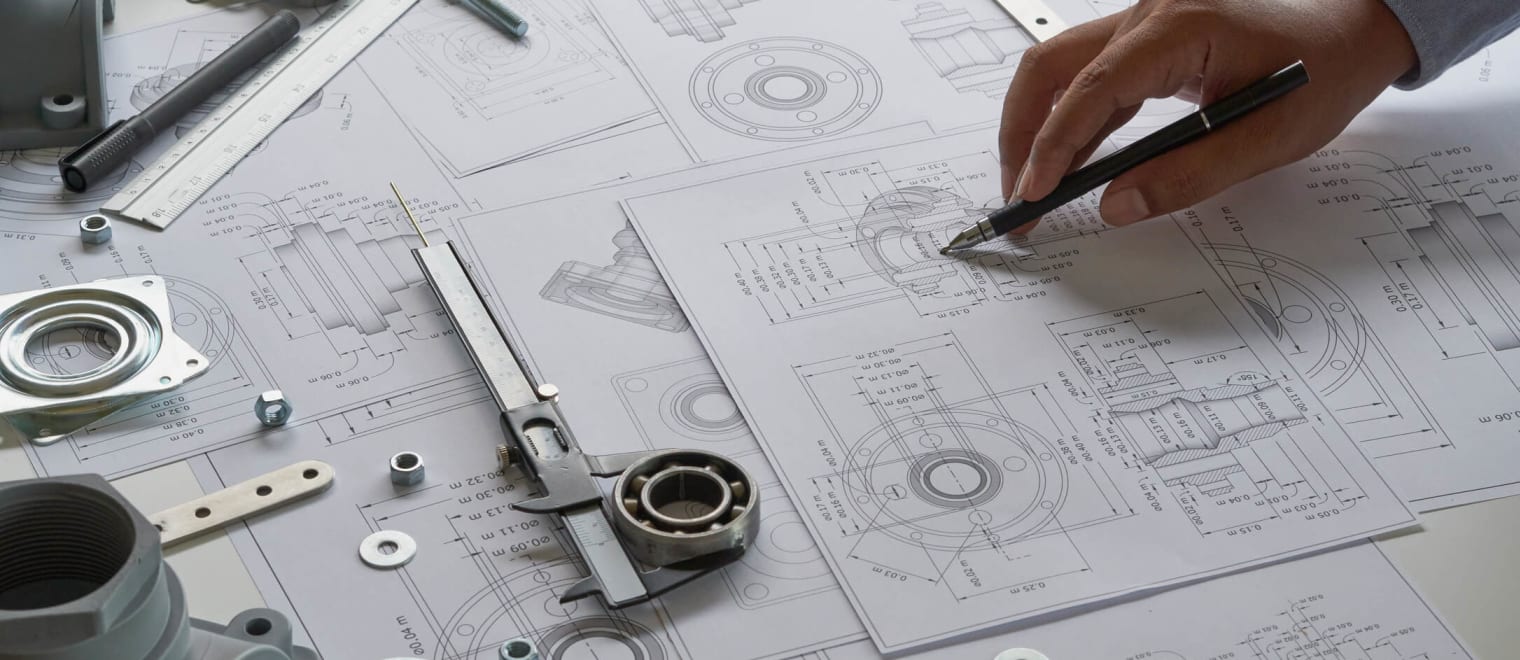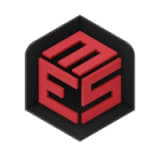This informal CPD article, ‘Component Selection for Product Design: A Comprehensive Guide’, was provided by Saghar Ali Rabani, Engineer at Mechesol Co., who deliver high-quality innovative product development solutions for domestic and industrial clients.
Designing a successful product hinges on the selection of its components. Each piece, from motors to microcontrollers, plays a crucial role in ensuring the product functions seamlessly. In this article, we delve into the detailed steps and considerations involved in component selection for product design.
Component selection is the backbone of product design. The right components ensure functionality, efficiency, and reliability, while the wrong choices can lead to performance issues or complete failure. The process involves analyzing specifications, ensuring compatibility, and rigorous testing to guarantee that all parts work together harmoniously.
Initial Research and Benchmarking
The first step in component selection is thorough research and benchmarking. For example, if you need to integrate a motor into your product, start by examining motors used in similar products. Look for specifications such as power requirements, voltage, dimensions, and motor type. By comparing these specifications to your needs, you can shortlist potential candidates that fit your design criteria.
Example: Motor Selection When selecting a motor, consider the following:
- Power Requirements: Determine how much power the motor needs to operate efficiently.
- Voltage: Ensure the motor's voltage requirements match your power source.
- Dimensions: The motor should fit within the allocated space in your product design.
- Type of Motor: Decide whether you need a DC motor, stepper motor, or another type, based on your product's functionality.
Ensuring Compatibility
Compatibility is a critical aspect of component selection. Each component must work seamlessly with the others. For instance, if you choose a pump, ensure that the battery can provide sufficient energy to keep it running. Similarly, sensors must be compatible with the microcontroller to provide accurate readings and outputs.
Example: Battery and Sensor Compatibility When selecting a battery and sensors:
- Battery Capacity: Check if the battery can supply enough power for the desired operational time.
- Sensor Specifications: Ensure the sensors can communicate effectively with the microcontroller and meet the accuracy requirements of your product.
Calculating and Verifying Specifications
Before finalizing your components, perform detailed calculations to verify their specifications. For instance, calculate the total power consumption of the motor and sensors, then compare it to the power output of the battery. This step helps ensure that the battery can sustain the product for the intended duration without failure.
Example: Power Calculation
- Motor Power Consumption: Calculate the power (in watts) the motor will consume.
- Sensor Power Consumption: Add the power consumption of all sensors.
- Battery Output: Compare the total power consumption to the battery's output to ensure it is sufficient.
Prototyping and Testing
Once you've selected your components, the next phase is prototyping. Connect the devices to create a functional prototype and test each component's performance. This phase is crucial for identifying any issues with compatibility, power supply, or overall functionality.
Example: Prototype Testing
- Assembly: Connect the motor, battery, sensors, and microcontroller as per the design.
- Initial Testing: Power up the prototype and observe the performance of each component.
- Troubleshooting: Identify and resolve any issues, such as inadequate power supply or sensor misreading.
Iteration and Optimization
Prototyping often reveals issues that need to be addressed. This might involve replacing components that don't meet the requirements or adjusting the design for better performance. Iteration is key to refining your product and ensuring all components work together perfectly.
Example: Optimization
- Component Replacement: Swap out underperforming components with better alternatives.
- Design Adjustments: Modify the design to improve compatibility and performance.
Finalizing for Mass Production
After successful prototyping and testing, the final step is to prepare for mass production. Ensure that all selected components are reliable, sourced from reputable suppliers, and meet the necessary standards for quality and performance.
Example: Mass Production Preparation
- Supplier Verification: Confirm the reliability and quality of component suppliers.
- Quality Assurance: Implement strict quality control measures to ensure consistency in production.
Conclusion:
Component selection is a meticulous process that requires thorough research, careful calculations, and rigorous testing. By following the steps outlined in this guide, you can create products that are not only functional but also reliable and efficient.
We hope this article was helpful. For more information from Mechesol Co., please visit their CPD Member Directory page. Alternatively, you can go to the CPD Industry Hubs for more articles, courses and events relevant to your Continuing Professional Development requirements.













